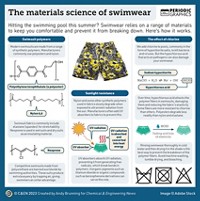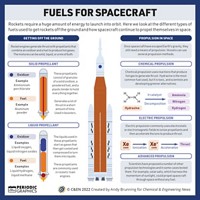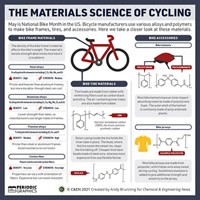Advertisement
Grab your lab coat. Let's get started
Welcome!
Welcome!
Create an account below to get 6 C&EN articles per month, receive newsletters and more - all free.
It seems this is your first time logging in online. Please enter the following information to continue.
As an ACS member you automatically get access to this site. All we need is few more details to create your reading experience.
Not you? Sign in with a different account.
Not you? Sign in with a different account.
ERROR 1
ERROR 1
ERROR 2
ERROR 2
ERROR 2
ERROR 2
ERROR 2
Password and Confirm password must match.
If you have an ACS member number, please enter it here so we can link this account to your membership. (optional)
ERROR 2
ACS values your privacy. By submitting your information, you are gaining access to C&EN and subscribing to our weekly newsletter. We use the information you provide to make your reading experience better, and we will never sell your data to third party members.
Consumer Safety
Periodic Graphics
Periodic Graphics: The chemistry of airplane air
Chemical educator and Compound Interest blogger Andy Brunning presents a fresh look at the chemical processes that keep the air in airliner cabins ready to breathe.
by Andy Brunning, special to C&EN
August 22, 2024
| A version of this story appeared in
Volume 102, Issue 26


To download a pdf of this article, visit cenm.ag/planeair.
References used to create this graphic:
American Chemical Society. “When a Good Relationship Turns Toxic: Ozone on Airplanes.” Accessed Aug. 19, 2024.
National Research Council (US) Committee on Air Quality in Passenger Cabins of Commercial Aircraft. “Environmental Control.” In The Airliner Cabin Environment and the Health of Passengers and Crew. National Academies Press, 2002.
Notman, Nina. “The Breath of Life.” Education in Chemistry, Oct. 24, 2022.
Weisel, Clifford, Charles J. Weschler, Kris Mohan, Jose Vallarino, and John D. Spengler. “Ozone and Ozone Byproducts in the Cabins of Commercial Aircraft.” Environ. Sci. Technol. (2013). DOI: 10.1021/es3046795.
A collaboration between C&EN and Andy Brunning, author of the popular graphics blog Compound Interest
To see more of Brunning’s work, go to compoundchem.com. To see all of C&EN’s Periodic Graphics, visit http://cenm.ag/periodicgraphics.





Join the conversation
Contact the reporter
Submit a Letter to the Editor for publication
Engage with us on Twitter